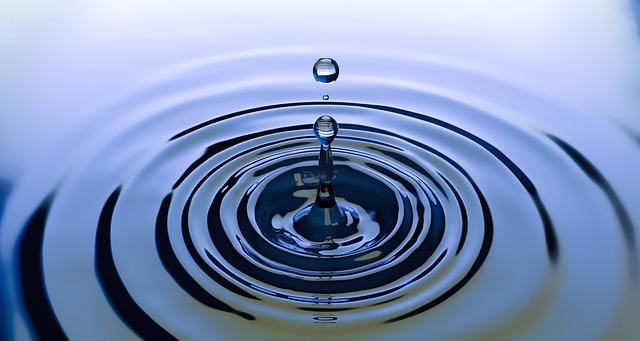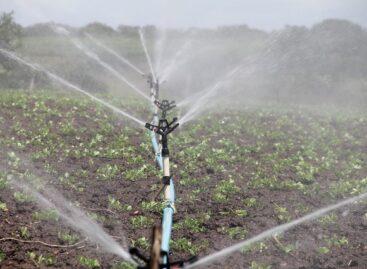Water crisis in Hungary: drought is worsening, urgent steps are needed
In recent decades, Hungary’s water resources have been continuously decreasing, while increasingly extreme weather conditions are worsening the situation. According to the third National Watershed Management Plan (VGT 3), published in 2022, the quantitative status of both surface and groundwater is showing a deteriorating trend. The data shows that the average water yield in the Upper Tisza river basin has decreased by 46 percent in the past 40 years, while the subsidence of groundwater levels is a serious problem nationwide. In order to address the situation, experts recommend the development of water retention systems, landscape water replenishment and encouraging cooperation between farmers.
Dramatic decrease in water resources

According to the third National Watershed Management Plan, the quantitative status of surface and groundwater in Hungary is continuously deteriorating. The average water yield of rivers is showing a decreasing trend nationwide, which is most noticeable in the Tisza river basin. Here, the water flow has almost halved in 40 years. The Körösök watershed has seen a 20–40 percent decline, while the Rába, Marcal, and Dráva watersheds have seen a 15 percent decline.
The decline in groundwater resources is particularly severe in the Duna–Tisza sand ridge and in the Nyírség region, where the average annual decline in groundwater levels of 1–5 centimeters threatens drinking water supplies and agriculture. In these areas, most surface water drains away quickly, and infiltration decreases, which exacerbates the effects of drought.
Past and current problems of water management
During the 19th century, Hungary focused on drainage. As a result, vast areas were developed into arable land and settlements, but most of the water passes through the country without being utilized. However, due to climate change, droughts are becoming more frequent, making previous water management practices unsustainable in the long term.
Increasing water scarcity also limits irrigation options. Irrigation is only a partial solution to drought protection, as it cannot be guaranteed in the long term due to the decline in water resources. Instead of the current system, landscape-scale water retention and storage would be needed.
Related news
Ministry of Agriculture: the government is giving priority support to the development of irrigation
🎧 Hallgasd a cikket: Lejátszás Szünet Folytatás Leállítás Nyelv: Auto…
Read more >Despite the drought, there will be no shortage of high-quality Hungarian fish
🎧 Hallgasd a cikket: Lejátszás Szünet Folytatás Leállítás Nyelv: Auto…
Read more >Farmers can count on the government in the fight against drought
🎧 Hallgasd a cikket: Lejátszás Szünet Folytatás Leállítás Nyelv: Auto…
Read more >Related news
Even though the price of cocoa has halved, chocolate will not become cheaper
🎧 Hallgasd a cikket: Lejátszás Szünet Folytatás Leállítás Nyelv: Auto…
Read more >Temu is crushing domestic webshops – Christmas won’t change either
🎧 Hallgasd a cikket: Lejátszás Szünet Folytatás Leállítás Nyelv: Auto…
Read more >The Hungarian Food Bank is putting together 44,000 food packages from the proceeds of ALDI’s first Advent market
🎧 Hallgasd a cikket: Lejátszás Szünet Folytatás Leállítás Nyelv: Auto…
Read more >






